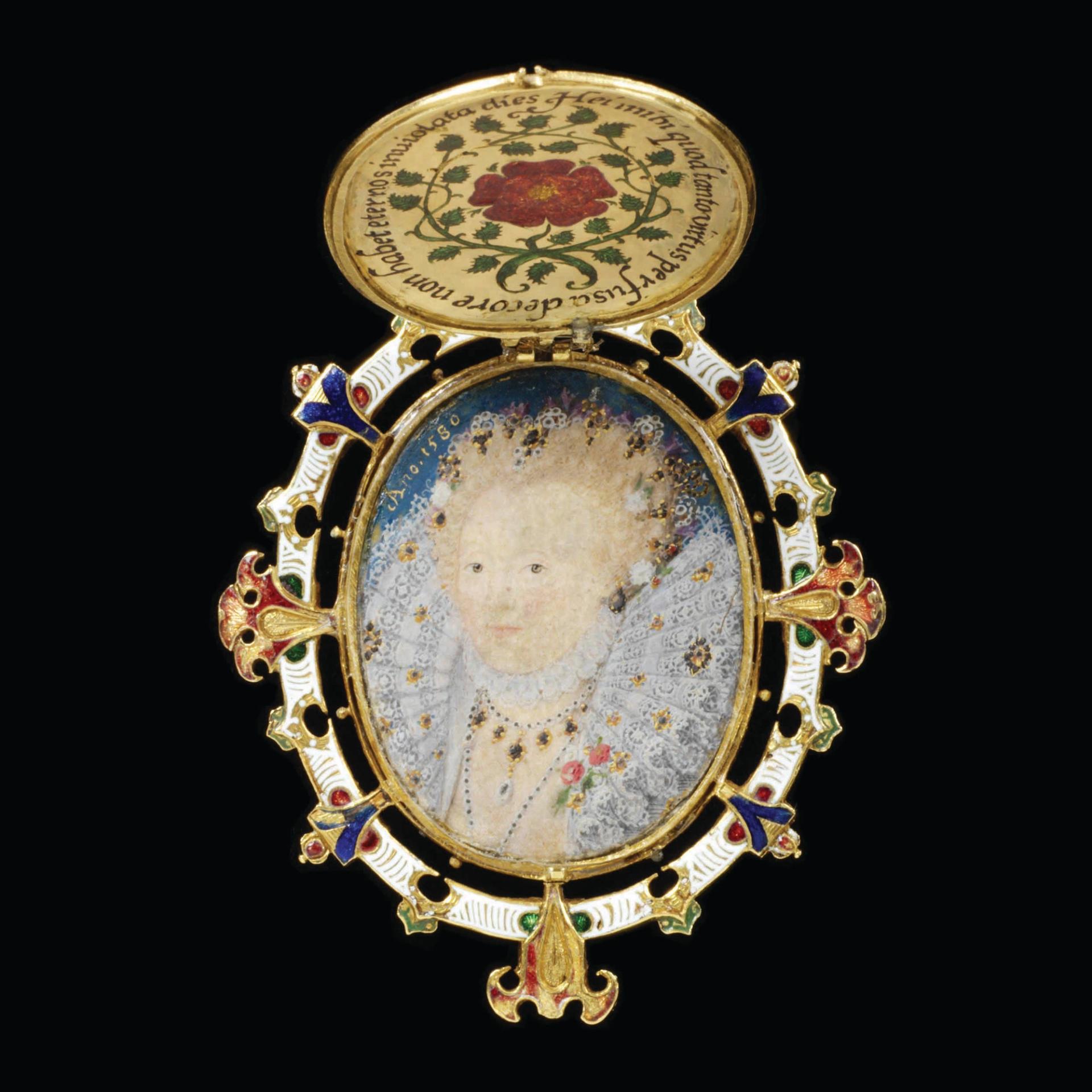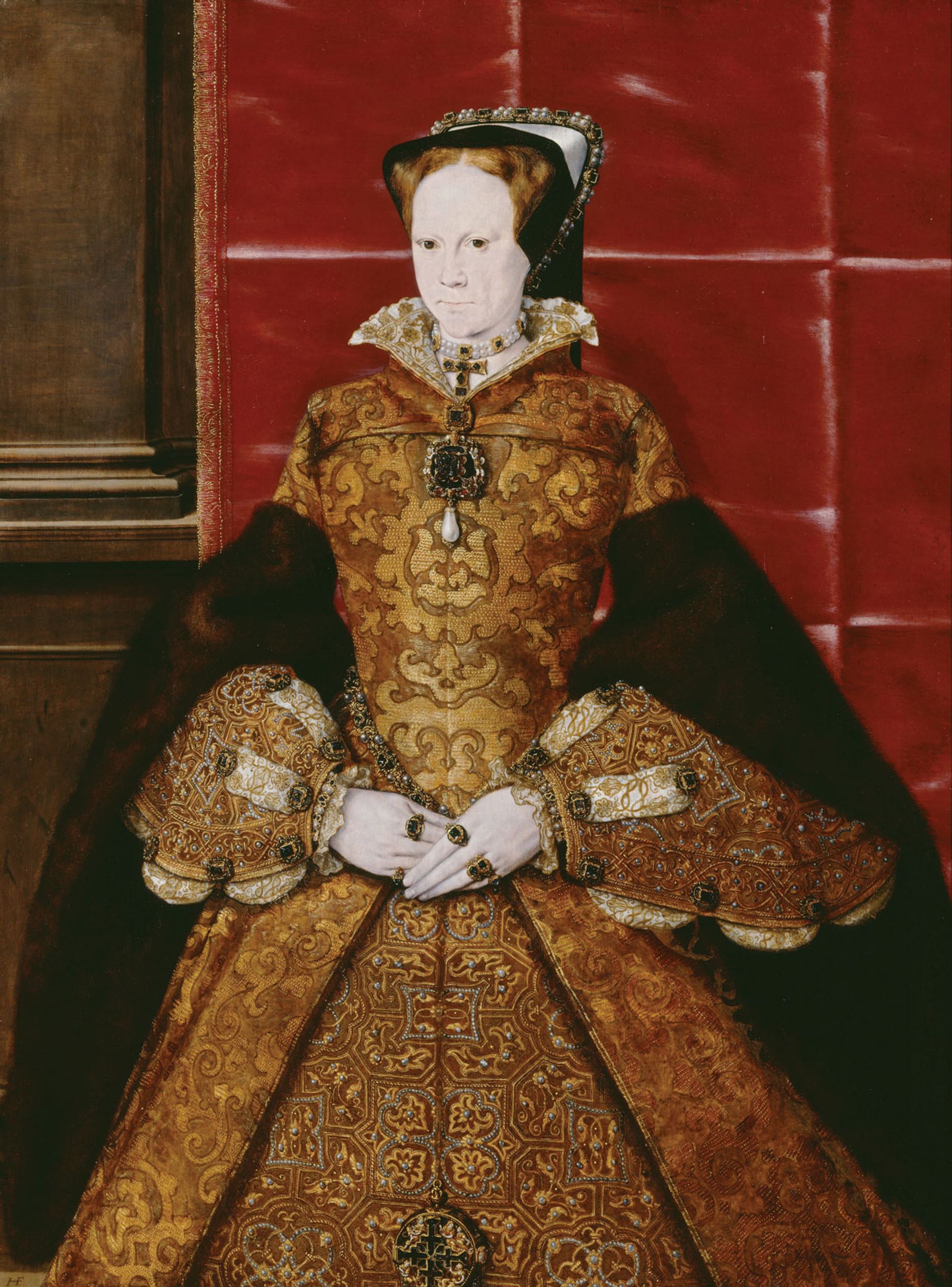With a penchant for power, and a willingness to let heads roll, England’s Tudor monarchs, who ruled from 1485 to 1603, arguably had a streak of the Borgias. But next week, at New York’s Metropolitan Museum of Art, Henry VIII, Elizabeth I and their kin are set to remind American museumgoers of a whole other family. Blessed with sensational loans and equipped with a display that ramps up the splendour while dialling down the politics, The Tudors: Art and Majesty in Renaissance England conjures up something more akin to the Medicis.
The Met curators Elizabeth Cleland and Adam Eaker have been working on the show since 2016 and the final checklist totals 116 works of fine and applied art. Originally planned for the 500th anniversary of the Field of the Cloth of Gold—the display of grandeur surrounding Henry VIII’s 1520 summit with King Francis I of France—the show initially fell victim to the pandemic, but can now take advantage of the upswing in American Anglophilia following the recent death of Queen Elizabeth II. A version of the show will later travel to the Cleveland Museum of Art and San Francisco’s Legion of Honor.
The two curators view the American setting for a show about that most English of dynasties as a liberation. “We have been freed from expectations to tell this hallowed national narrative,” says the British-born Cleland, a European sculpture and decorative arts curator. And the non-British setting, she adds, has allowed her and her American colleague to look far afield for loans—something a UK institution, with so much already on hand, might not bother to do.

Nicholas Hilliard’s Heneage Jewel (around 1595–1600), from the V&A in London
© Victoria and Albert Museum, London
Key works sent from continental collections include a 1583 portrait of Elizabeth I by Quentin Metsys the Younger, from Italy’s Pinacoteca Nazionale di Siena, and the remnants of an extravagant 16th-century tapestry series, commissioned by Henry VII, the dynasty’s founder, on loan from southern France’s Narbonne Cathedral. Closer to home, the curators have managed to assemble many of the US’s best-known works by Hans Holbein the Younger, including Edward VI as a Child, from Washington, DC’s National Gallery of Art, and Sir Thomas More from the Frick Collection in New York. Big guns from Britain include Holbein drawings of Anne Boleyn and Jane Seymour from the Royal Collection, and Nicholas Hilliard’s Heneage Jewel, a locket from London’s Victoria and Albert Museum, featuring two portraits of Elizabeth I: an enameled-gold profile bust and inside a painted miniature.
The near-global span of the loans—which owes something to the dispersal of Tudor treasures during the decade-long Commonwealth period of Oliver Cromwell—is only fitting, suggests Eaker, an associate curator of European paintings. One of the show’s key themes, he says, is “the cosmopolitanism of English art and society” during the Tudor period, when English patrons commissioned works in France and what is now Belgium, Flemish artists sought refuge in London, and luxury goods began arriving from around the world.

Hans Eworth's Mary I (1554) © The Society of Antiquaries of London
While hardly skimping on the Holbeins and Hilliards, the show will also try to showcase lesser-known but deserving figures, Eaker says, such as the Flemish painter Hans Eworth, whose 1554 portrait of Mary I is on loan from the Society of Antiquaries of London.
In a different kind of show, Mary, who violently tried to restore the Catholic faith and has been more or less reviled since her death in 1558, would be a hard sell. Will audiences with an interest in the Tudors, or even just a passing knowledge from popular entertainment, be surprised to find Bloody Mary getting equal billing alongside her nearly sanctified half-sister, Elizabeth I?
“This isn’t a revisionist presentation,” says Cleland, who adds that the show’s thematic arrangement emphasises “glorious works of art” rather than “illustrating history”. Besides, she says—citing gold medal portraits of Mary associated with the Italian Renaissance sculptor Jacopo Nizzola da Trezzo—her reign was “artistically a really stimulating period”.
• The Tudors: Art and Majesty in Renaissance England, Metropolitan Museum of Art, New York, 10 October-8 January 2023


